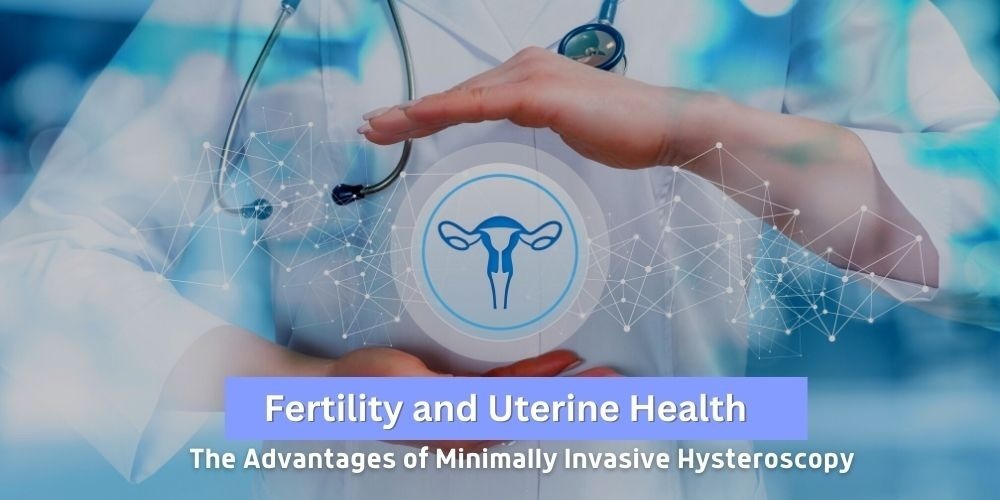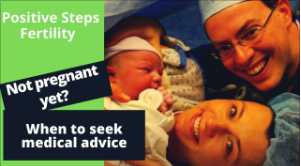With so many factors affecting fertility, the process of getting pregnant can leave women reeling with more questions than answers. Luckily, developments in modern medicine give fertility specialists a clearer picture of what affects a woman’s ability to conceive.
A great example of one of these developments is minimally invasive hysteroscopy. A hysteroscopy is a procedure that allows a fertility specialist to see inside your uterus, either through an incision or using a thin lighted instrument called a hysteroscope. The word means “uterus viewing” in Greek, and this procedure has been around since the 1800s.
While it was once performed as a complex surgery, modern hysteroscopy techniques have made it safer and more comfortable for patients compared to more traditional open surgeries like a laparoscopy (which involves cutting open the abdomen).
Let’s take a look at how modern hysteroscopies can promote fertility and uterine health.
What is a Hysteroscopy?
A hysteroscopy is a minimally invasive procedure that allows your doctor to see inside the uterus. During the procedure, tiny instruments are inserted through the cervix (the opening of your vagina), allowing them to travel up into your uterus. A fertility specialist uses these tools to perform various tests and procedures on the tissue to diagnose and treat uterine problems, such as adenomyosis or endometriosis.
Hysteroscopies can also be used for fertility treatments if you’re unable to use other methods due to scarring caused by previous surgeries. This way of performing the test helps reduce pain and discomfort after surgery or anesthesia has worn off while still allowing a fertility specialist to diagnose potential issues affecting infertility.
A hysteroscopy is usually performed in a doctor’s office and can be done using either general or local anesthesia, which means you won’t have to stay overnight at the hospital.
According to an article from the National Center for Biotechnology Information, hysteroscopies involve using “a rigid or flexible hysteroscope through the cervical canal into the uterus and then using distending media [a camera] to allow for complete visualization of the endometrial cavity.”
Often, patients will be injected with a liquid or gas through the scope for a better image of the uterus. With a clearer field of view, the specialist will then take images and/or videos for further analysis.
Common causes of uterine infertility that hysteroscopies can detect
Hysteroscopies are a minimally invasive procedure that can help detect the following common causes of uterine infertility:
- Endometriosis
- Uterine prolapse (the uterus is slipping out of place)
- Polyps. These are small growths on the inside of your uterus that may be benign or malignant (cancerous). If you have polyps and they’re not causing any problems for you yet, it’s possible your fertility specialist might advise against their removal. However, if a specialist suspects that the polyps are causing pain or bleeding in some way, they might remove them during an endometrial ablation surgery.
Some other common causes of uterine infertility include adhesions (scar tissue), malformations such as septum between two fallopian tubes; myomas (benign tumors), and fibroids which grow inside one’s body cavity but outside the outer skin layer called the epidermis.
Benefits of a minimally invasive hysteroscopy
Minimally invasive hysteroscopy offers the benefits of a traditional hysteroscopy, but with less pain and recovery time. The procedure does not require general anesthesia or hospitalization, which makes it an ideal option for women who are looking to avoid these potential side effects.
Minimally invasive hysteroscopy can improve uterine health by reducing adhesions (scar tissue) that may have formed during previous surgeries or as a result of endometriosis. It’s also been shown to improve fertility by allowing doctors to remove polyps or fibroids that might be causing infertility issues for some patients.
If you’re thinking about getting a hysteroscopy, consult with a fertility specialist to get more information about how it could be used for your specific needs.
While a healthy uterus is only one component to addressing fertility issues, it can help your fertility specialist narrow the focus of your treatment to meet your specific needs. While the fertility journey can be long and arduous, the good news is that you don’t have to walk it alone. If you need help in determining your next steps in trying to conceive, reach out to a fertility specialist today.
Get answers. Get help. Don’t suffer in silence.




